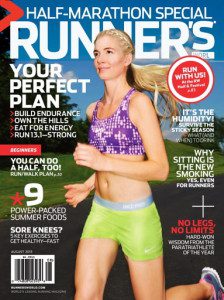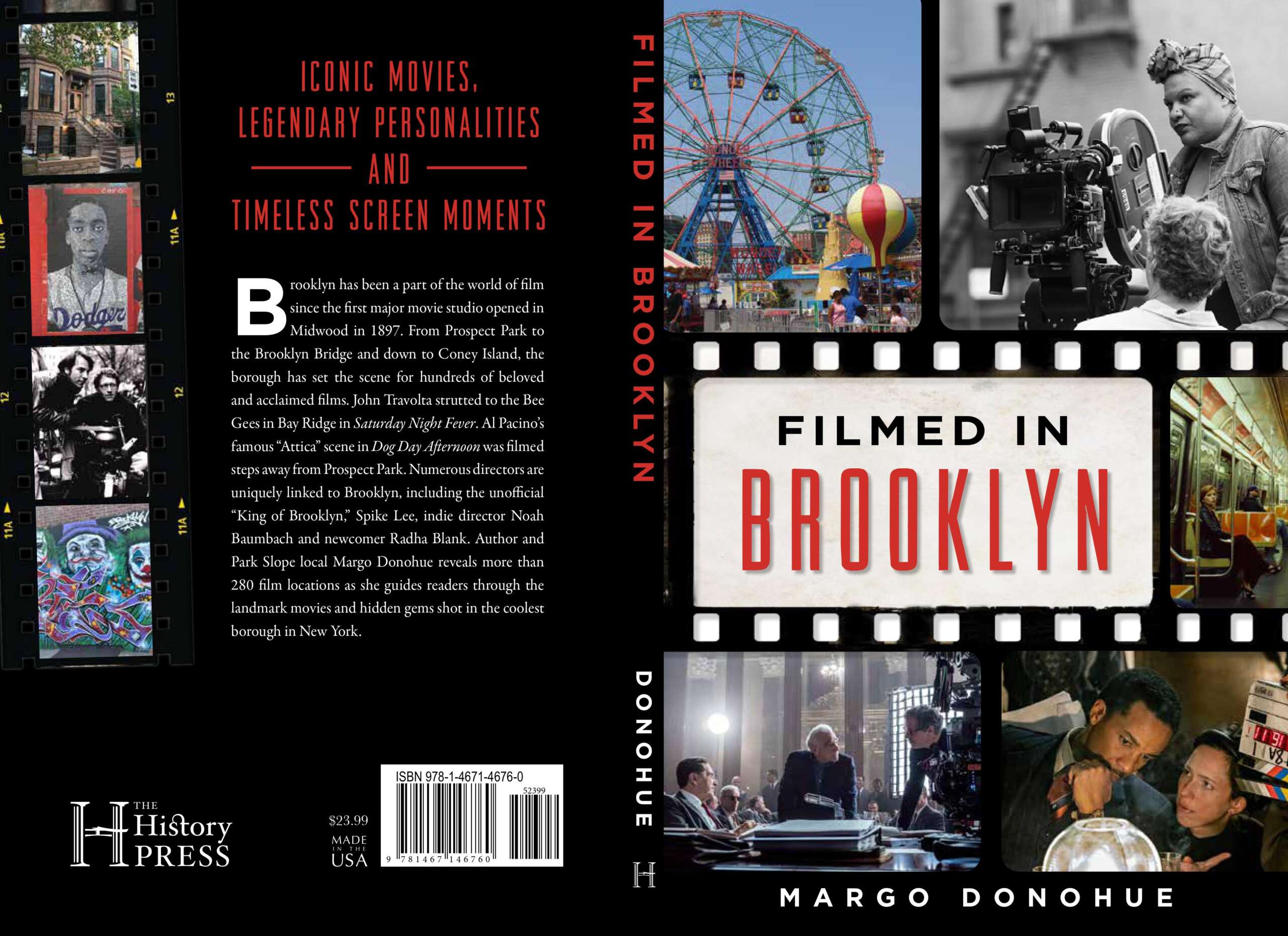Brooklyn Fit Chick Special Interview!
Jennifer Van Allen
Special Projects Editor of Runner’s World and author of Runner’s World Big Book of Marathon and Half-Marathon Training
Hey Gang!
Today I am featuring the second part of my interview with Jennifer Van Allen (Special Projects Editor) of Runner’s World where she talks about her favorite training tips for runners. Please know that you should plan to run frequently for at least a year before planning your first marathon.
Enjoy!
Jennifer Van Allen/Runner’s World
Completing a marathon is an amazing, life-changing experience. Covering 26.2 miles (a distance most people hate to even drive!) on foot helps you discover just how strong you are, how much more powerful you are than you could have ever possibly imagined. And once you make those discoveries on the road, that new sense of power, and self-confidence spills over into other corners of your life – your friendships, your career, your love life, etc. Every finish line is just the start of a whole new adventure.
However, we typically recommend that you have at least one year of experience running regularly (3 to 5 times per week), then follow at least a 16-week training program to prepare for the event. (Runner’s World offers over a dozen marathon training plans, for people of all abilities and level of fitness at runnersworld.com/trainingplans.com)
We also offer the Runner’s World Challenge, an online coaching service for folks training for marathons and half-marathons. http://www.runnersworld.com/challenge
For half-marathons, it’s best if you have at least six months to a year of experience running regularly, and follow a 10 to 14-week training program. (RW has over a dozen of those plans too at runners world.com/trainingplans).
Why bother with a training plan?
A plan helps you gradually build up the fitness you need to cover 13.1 or 26.2 miles feeling strong without getting hurt. One of the biggest challenges of training for a long-distance race is getting to the starting line injury free. Many runners run too many miles too fast, before their bodies are ready, or without giving them enough opportunity to recover, and they develop overuse injuries, like shin splints, IT band syndrome, plantar fasciitis, runner’s knee, etc. That’s because the musculoskeletal system (bones, ligaments, joints) take much longer to adapt to running than the cardiovascular system (the heart and the lungs.)
So, with a training plan you gradually build your mileage, starting with 20 to 30 miles per week with a 10-mile long run, and peaking with a 50 to 60-mile week with a 20-mile long run. Most plans also have a built in taper, a period of reduced mileage in the weeks before the race, to give your body a chance to recover from the work it’s endured, and rest up for the race effort ahead. Most importantly, the plan will feature longer two to three-hour runs to prepare your feet, lungs, legs, heart, and head for the challenge of covering the race distance.
Those long runs are “race rehearsals,” so in addition to getting accustomed to spending hours on your feet, as you’ll have to do on race day, you’ll also get an opportunity to try out different type of gear, shoes, apparel, and fueling. There are so many different products on the market. There’s no one product that’s best for everyone. So you have to find out what product is best for you.
One of the key aspects of training is learning how to eat on the run. When you’re on the road for more than 75 minutes at a time, you’ll need to refuel with 30 to 60 grams of carbs/hour on the road. This helps keep your energy levels stable all the way to the finish, so you avoid hitting the fabled “wall.” Many people use products like energy gels, sports drinks, chews, and even real food to do this. It’s important to start regularly fueling about 30 minutes into the long run or race, and keep refueling at regular intervals all the way to the finish. If you wait until you’re tired or hungry, it’s too tough to catch up.
A lot of the race day advice boils down to “do what’s worked for you during training.” Each person is different in terms of the types of foods they can tolerate while they’re on the road. So it takes time to test out different products to figure out what works for you.
Thank you again Jennifer!!!!
Ox Ox,
BFC
Brooklyn Fit Chick
Follow me on Twitter: “BrooklynFitChik” (note the spelling!)
Friend me on Facebook: “Brooklyn FitChick
Instagram: “brooklynfitchick”
You Tube: BrooklynFitChick1





This is a good read. I, too, am a strong believer of developing a training plan for whatever I venture into—may it be business or losing weight. There’s a really big difference when you are guided with a plan than finding yourself without it.